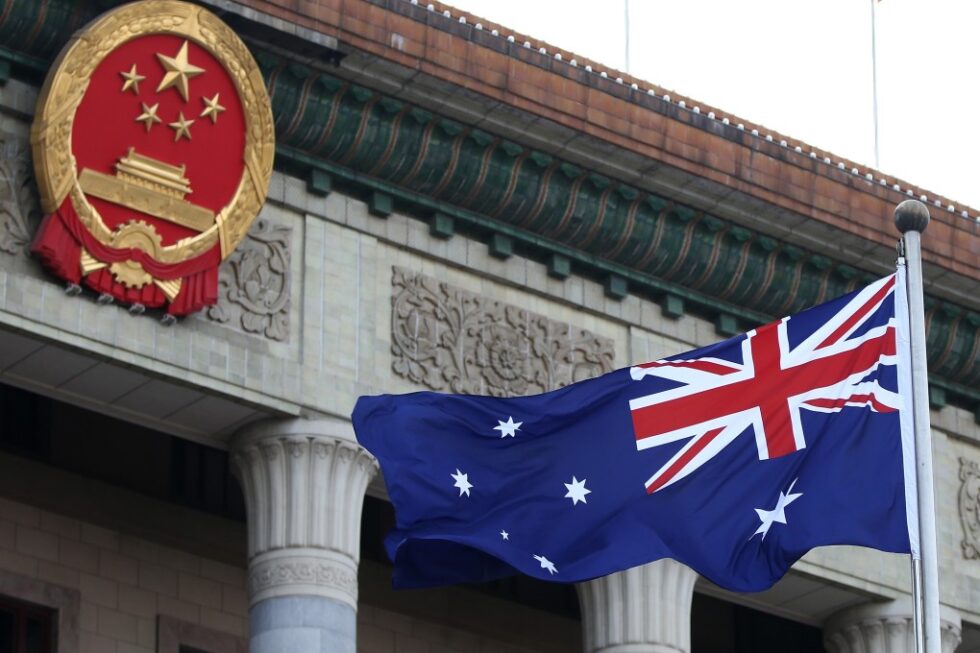
In a dramatic turn in global geopolitics, the United States and China are once again locked in an intensifying standoff—this time over advanced technology and trade controls. As both nations race to secure dominance in the digital economy, the world watches closely, wondering if this rivalry could reshape the future of innovation, security, and global supply chains.
A New Front in the Trade War: Technology
What began as a traditional trade war over tariffs and intellectual property has evolved into a full-scale confrontation over semiconductors, artificial intelligence (AI), quantum computing, and advanced telecommunications. In recent months, the U.S. Department of Commerce has imposed a wave of export restrictions targeting Chinese tech giants and AI chip manufacturing capabilities.
In response, Beijing has retaliated with tighter controls on rare earth exports—vital components in electronics and green tech—as well as restrictions on American firms operating within China. This tit-for-tat exchange has elevated concerns among economists and foreign policy experts, signaling what many are calling a “Digital Cold War.”
“Technology is the new battleground for global power,” said Dr. Ellen Marston, a senior analyst at the Brookings Institution. “The U.S. seeks to preserve its lead in innovation, while China is determined to catch up—and even leapfrog.”
Why Tech Trade Matters: More Than Chips and Servers
At the heart of this standoff is the growing recognition that whoever controls the pipelines of AI, 5G, and semiconductor manufacturing holds the key to the global economy, national defense, and digital infrastructure.
- Semiconductors, often called the “oil of the digital age,” are essential for smartphones, defense systems, medical devices, and AI development.
- AI technologies now influence everything from finance and logistics to surveillance and autonomous vehicles.
- 5G and 6G networks are critical for smart cities, connected devices, and real-time communication.
For the U.S., limiting China’s access to these technologies is seen as both a national security imperative and a means to protect its innovation edge. For China, becoming technologically self-reliant is a cornerstone of its national development strategy under “Made in China 2025.”
Key Flashpoints and Policy Moves
The latest escalation stems from several key moves made over the past year:
- U.S. Export Controls: The Biden administration expanded restrictions preventing U.S. companies and allies from supplying China with advanced chips and semiconductor equipment—particularly those related to AI and military applications.
- CHIPS and Science Act: Washington has funneled over $50 billion into domestic semiconductor manufacturing and research, aiming to reduce dependency on East Asian supply chains.
- China’s Countermeasures: In retaliation, Beijing imposed export curbs on gallium and germanium—two elements essential for chip production—and intensified pressure on Western tech firms operating in the Chinese market.
These moves are not isolated policies but part of broader strategic visions on both sides.
“This isn’t just about trade—it’s about global influence and the architecture of the future digital order,” explained Sarah Ouyang, a senior fellow at the Asia Society Policy Institute.
Global Ripple Effects and Supply Chain Shockwaves
As the world’s two largest economies duel over technology, third-party nations and multinational corporations are caught in the middle. Supply chains for electronics, automotive, and even medical equipment have already experienced disruptions.
Countries like South Korea, Taiwan, Japan, and the Netherlands—all key players in semiconductor manufacturing—are under increasing pressure to choose sides or navigate a neutral path that protects their economic interests.
Meanwhile, major tech giants like Apple, Nvidia, and Samsung are reassessing their supply chain dependencies and geopolitical exposure.
- Apple has accelerated its manufacturing shift to India and Vietnam.
- TSMC, the world’s largest chip foundry, is building new facilities in the U.S. and Japan.
- ASML, the Dutch firm that makes the machines to build advanced chips, faces tight scrutiny over sales to China.
What This Means for Innovation and Global Cooperation
While both nations insist their policies are defensive, the result may be a fragmented technology landscape. If the divide widens, we could see a “splinternet”—with two parallel ecosystems of hardware, software, and data governance: one U.S.-led and the other China-led.
This fragmentation could stall global innovation, increase costs, and hinder collaborative research on shared challenges such as climate change, pandemic response, and cybersecurity.
Furthermore, academic and research exchanges between the two countries have dwindled, and tech startups are already feeling the heat from reduced cross-border funding and talent migration barriers.
A Call for Balance and Dialogue
Despite the rhetoric and hardline policies, there remains space for cautious optimism. Several multilateral platforms—from the G20 to APEC—have included tech governance and digital economy discussions on their agendas. The upcoming Asia-Pacific Digital Summit in Singapore may serve as a venue for reducing tensions and establishing cooperative frameworks for AI ethics and cybersecurity.
“A complete decoupling is economically impractical and politically dangerous,” said Professor Karim Al-Mansouri, a UAE-based tech policy scholar. “We need guardrails, not walls.”
For middle powers like the UAE, India, and ASEAN nations, this moment offers both challenges and opportunities—to assert neutral leadership, build regional tech alliances, and invest in homegrown innovation.
Conclusion: What’s at Stake?
As U.S.-China tech tensions escalate, the stakes have never been higher. This isn’t just a bilateral dispute—it’s a turning point in the shaping of the digital future. From supply chains and national security to innovation and global prosperity, the consequences will ripple far beyond Silicon Valley or Shenzhen.
In this unfolding tech war, the world must decide: compete, collaborate—or cautiously do both?




